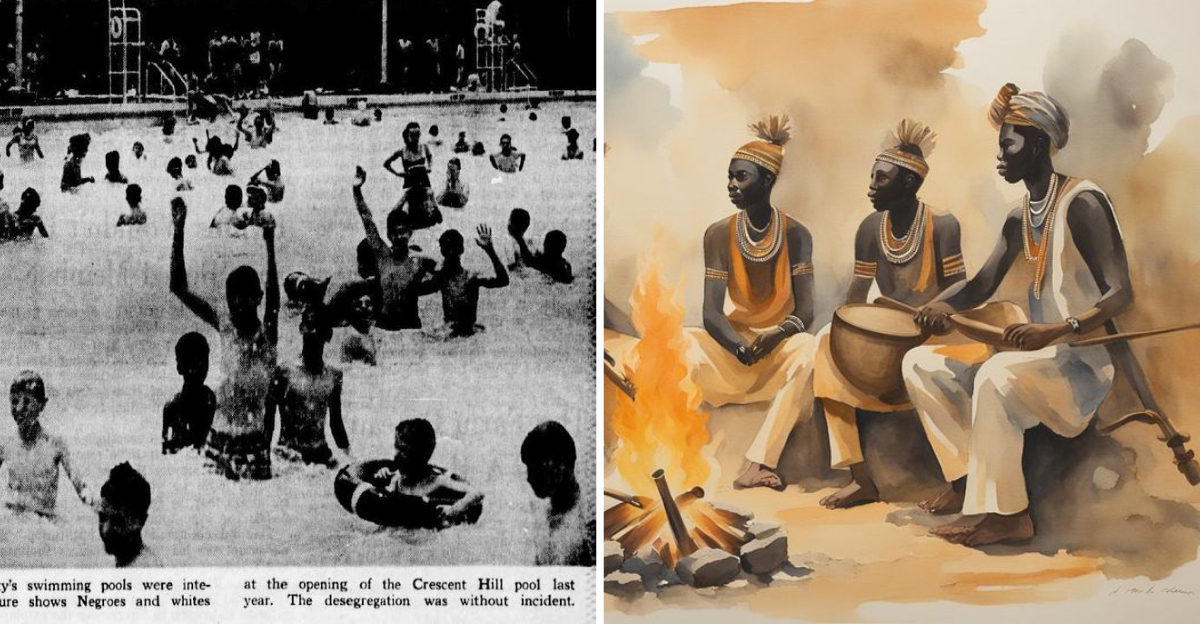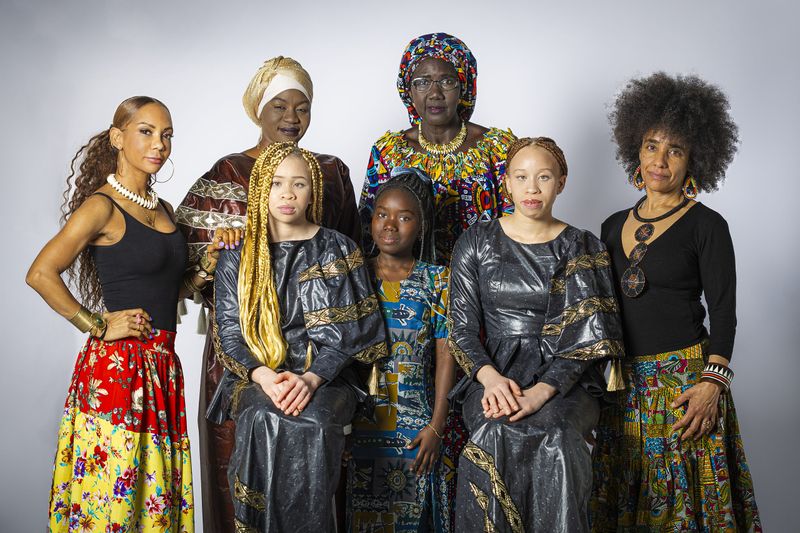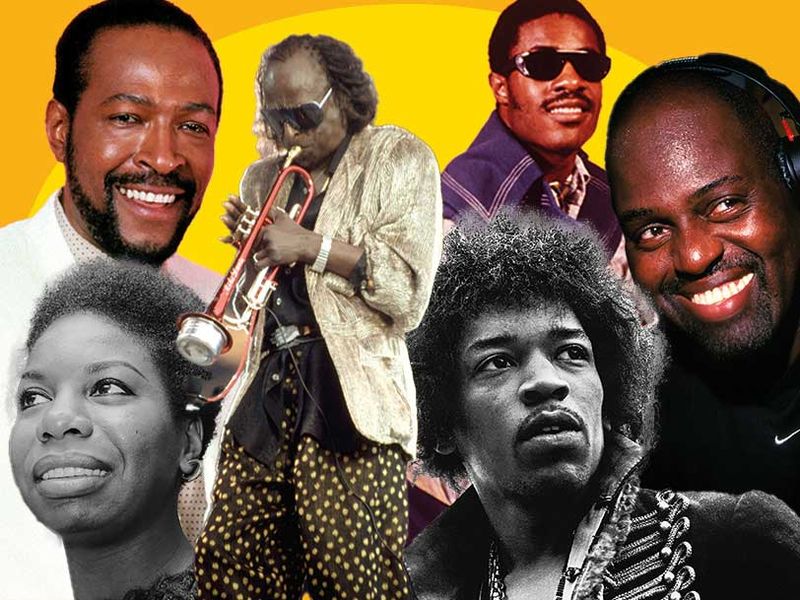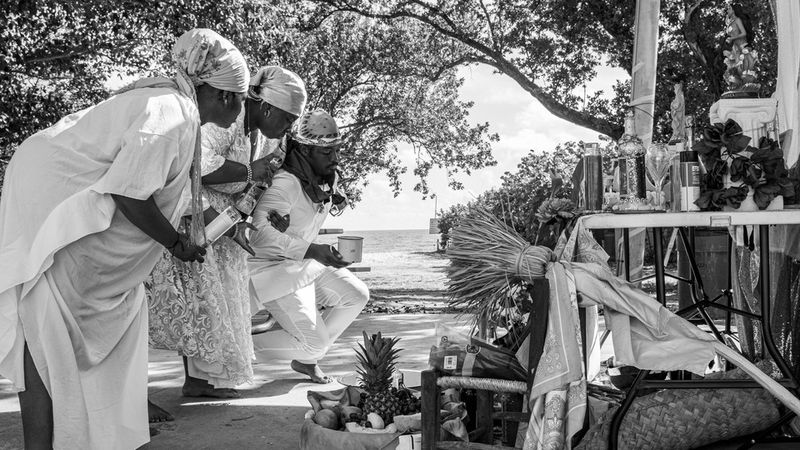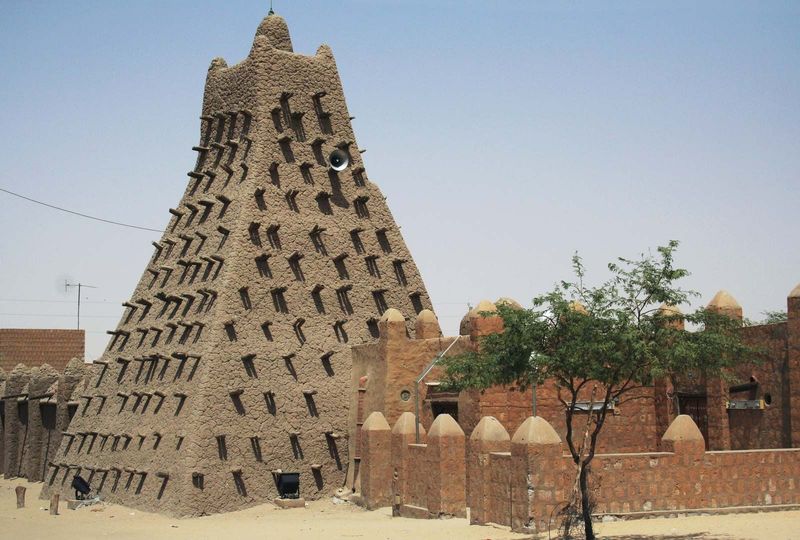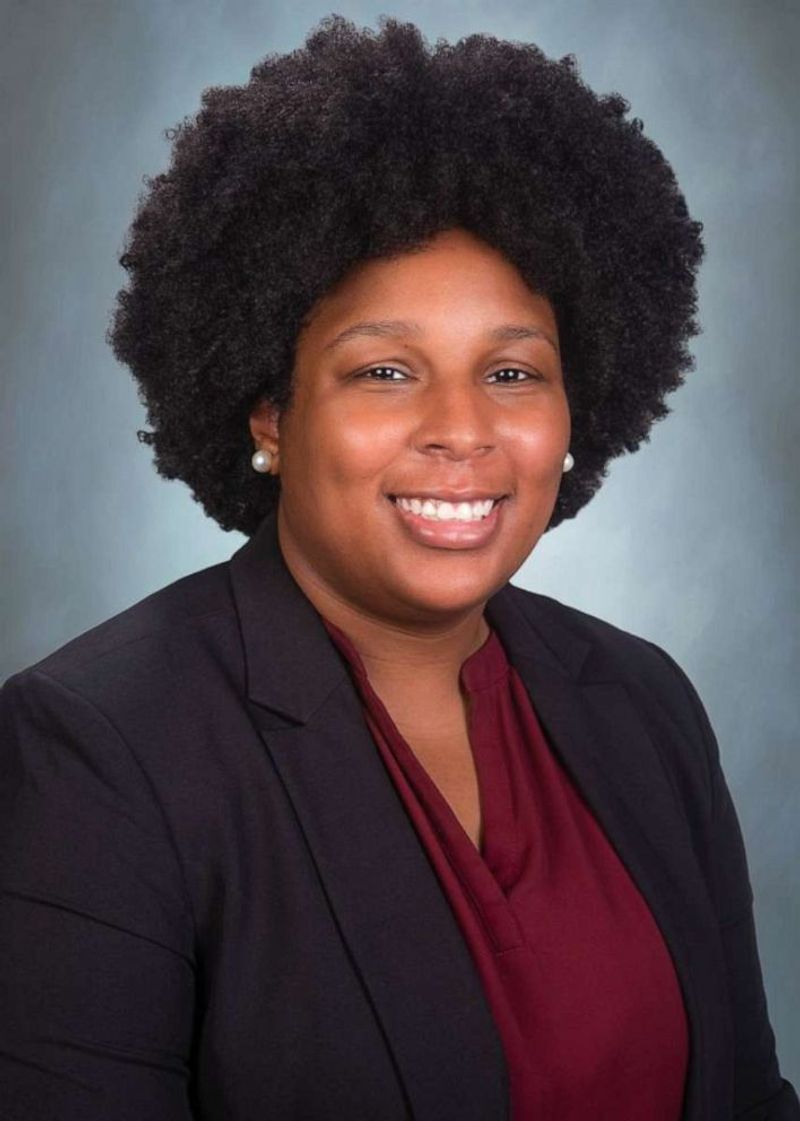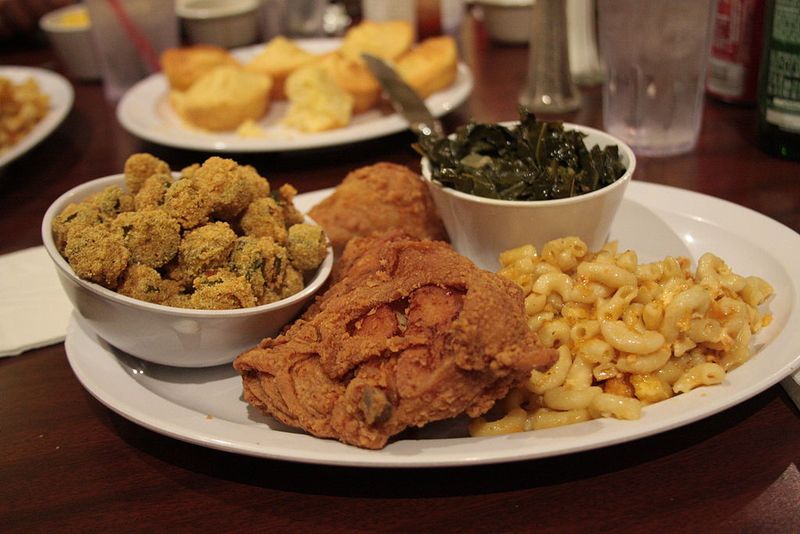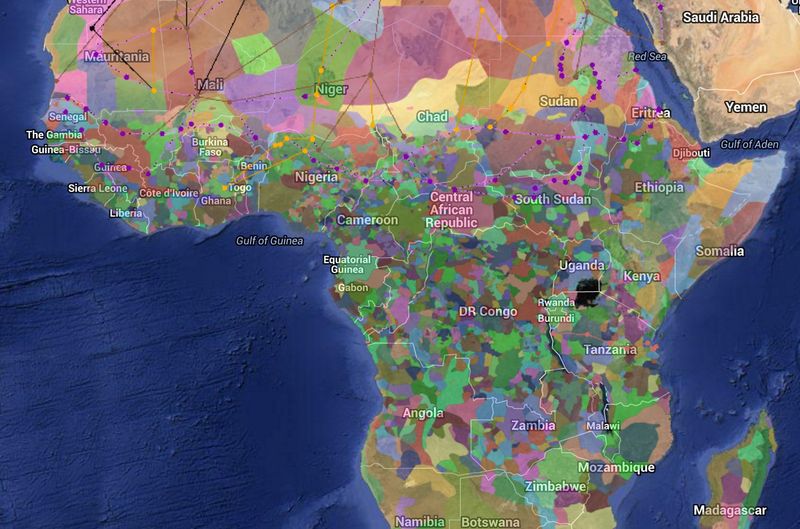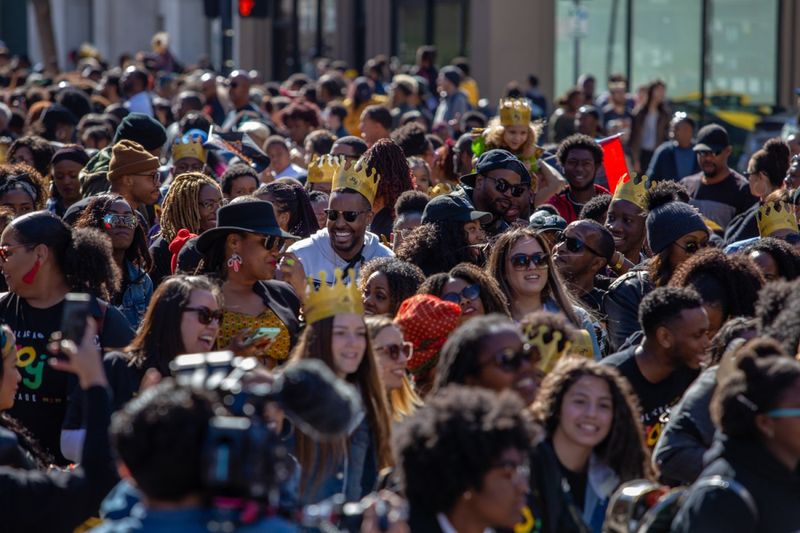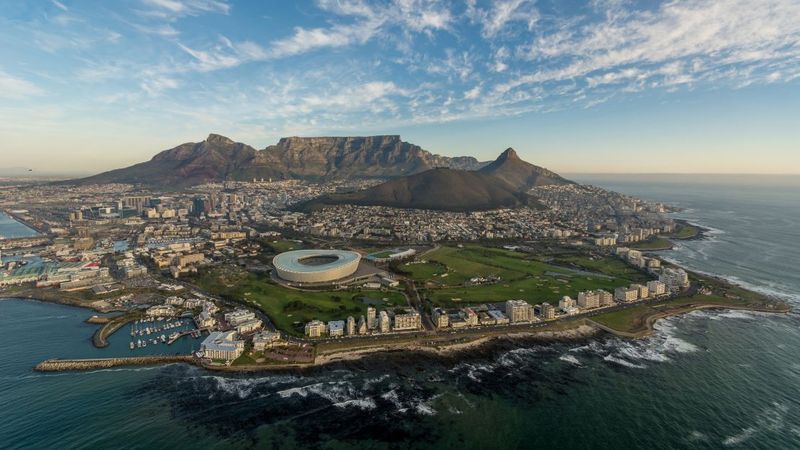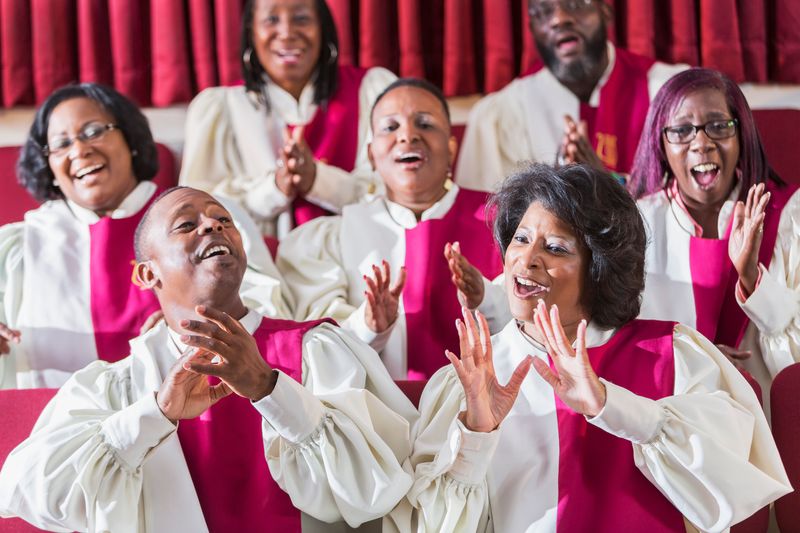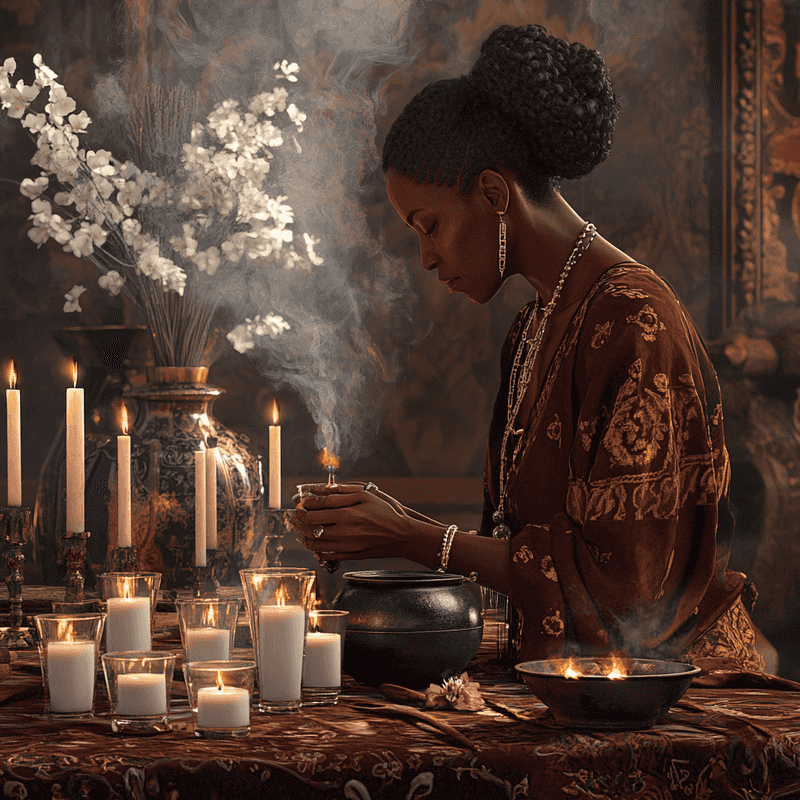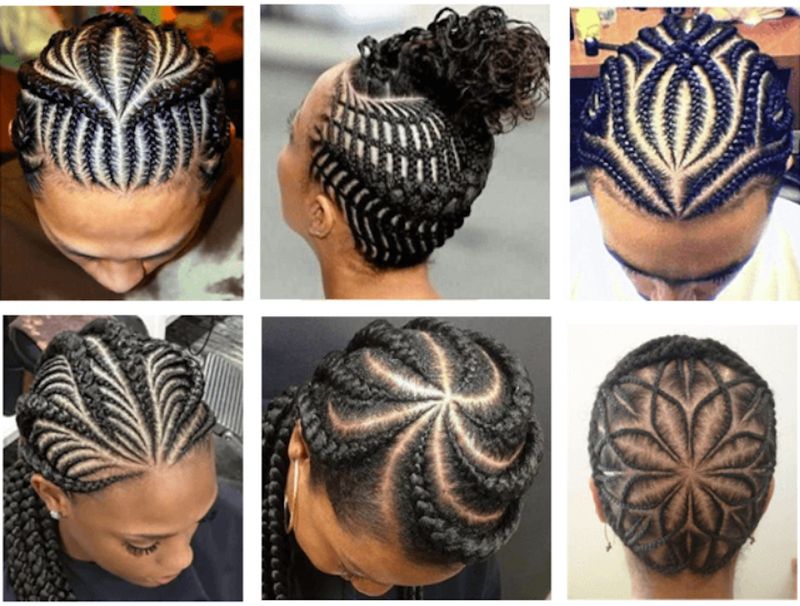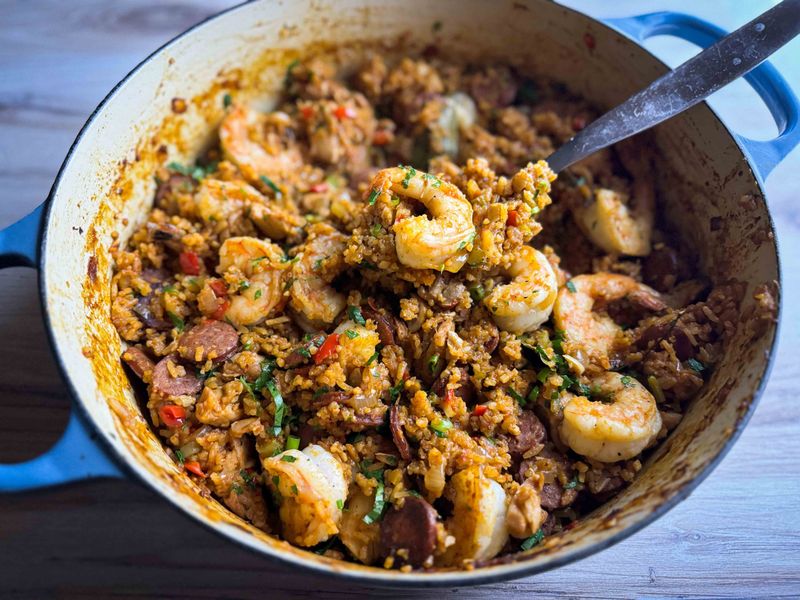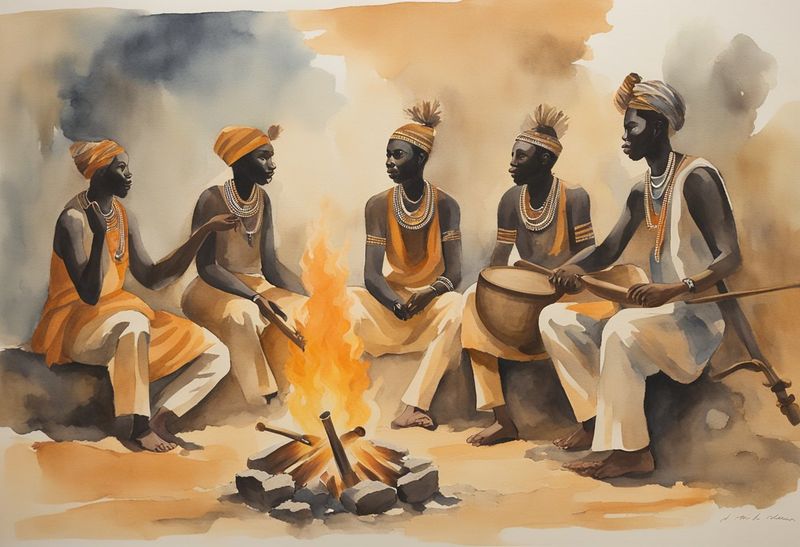Black culture is rich, diverse, and often misunderstood. For centuries, harmful stereotypes have shaped how people view Black communities worldwide.
These myths not only distort reality but also erase the beautiful complexity of Black experiences across continents.
Let’s set the record straight by busting common myths and celebrating authentic cultural practices.
1. Black Culture Is Not a Single Story
The notion that all Black people share identical values, traditions, and experiences is profoundly inaccurate. Black culture spans continents, embracing countless ethnicities from Igbo to Jamaican to African American.
Within these communities exist unique languages, foods, music, and spiritual practices that have evolved over centuries. A Nigerian Yoruba ceremony bears little resemblance to a Harlem Renaissance poetry reading.
This diversity extends to political views, socioeconomic backgrounds, and personal identities. Recognizing this variety helps dismantle the harmful one-dimensional portrayal that has dominated mainstream media for too long.
2. Hip-Hop Isn’t the Only Cultural Contribution
While hip-hop stands as a revolutionary art form that changed global music forever, reducing Black cultural output to this single genre erases centuries of innovation. Black communities birthed jazz, blues, gospel, rock, and countless other musical traditions that shaped American and world culture.
Beyond music, Black excellence shines through literature from Toni Morrison to Chinua Achebe, visual arts from Basquiat to Kehinde Wiley, and scientific contributions from Katherine Johnson to Mae Jemison. Film, fashion, dance, and cuisine all bear the unmistakable mark of Black creativity.
Recognizing this breadth honors the full spectrum of Black genius across disciplines and eras.
3. Religious Diversity Thrives in Black Communities
Assuming all Black people follow the same faith tradition overlooks the incredible spiritual diversity present across the diaspora. Christianity certainly holds significant influence, particularly in African American communities where the Black church became a center for both worship and social justice.
Yet Islam has deep roots in many African nations and among Black Americans, with figures like Malcolm X representing this tradition. Judaism has vibrant Black adherents through both conversion and ancient lineages like Beta Israel from Ethiopia.
Traditional African spiritual systems including Yoruba, Vodun, and Akan practices continue both in Africa and throughout the diaspora, often blending with other traditions to create unique expressions of faith.
4. African Traditions Are Sophisticated and Complex
Referring to African traditions as “primitive” reveals ignorance about the continent’s remarkable achievements. Long before European contact, African civilizations built architectural marvels like Great Zimbabwe and the pyramids of Meroë. The University of Timbuktu flourished as a center of learning when many European societies remained largely illiterate.
African metallurgy, textile arts, and mathematical systems were highly advanced. The Dogon people’s astronomical knowledge included detailed understanding of celestial bodies not confirmed by Western science until centuries later.
Political systems ranged from democratic councils to complex monarchies with sophisticated checks and balances. These traditions represent some of humanity’s most ingenious solutions to social organization and environmental adaptation.
5. Swimming Barriers Were Structural, Not Cultural
The myth that “Black people don’t swim” ignores the painful history of deliberate exclusion from public pools and beaches. During segregation, Black Americans were systematically denied access to swimming facilities, creating generational gaps in water safety education.
African coastal communities have rich maritime traditions spanning millennia. Fishermen from Senegal to Mozambique developed sophisticated swimming techniques essential to their livelihoods. Even in America, Black swimmers like Simone Manuel and Cullen Jones have broken Olympic records despite historic barriers.
Community organizations now work tirelessly to address this inequity, creating programs that reconnect Black communities with swimming as both recreation and essential life skill.
6. Natural Black Hair Is Professional and Beautiful
The absurd notion that natural Black hairstyles are somehow “unprofessional” stems directly from Eurocentric beauty standards that devalue African features. Styles like locs, braids, twists, and afros require immense skill, cultural knowledge, and regular maintenance—hardly “unkempt” as critics suggest.
These hairstyles often carry deep cultural significance. In many African societies, specific braid patterns indicated tribal affiliation, marital status, or social standing. Today, natural hair represents both personal expression and cultural reclamation after centuries of pressure to conform to European ideals.
The CROWN Act and similar legislation now protect against hair discrimination, acknowledging that penalizing natural Black hair constitutes racial discrimination.
7. African American Cultural Traditions Run Deep
Claiming African Americans “don’t have culture” reveals profound ignorance about one of America’s most influential cultural forces. Despite the brutal attempt to erase African heritage through slavery, African Americans forged powerful new traditions that transformed American life.
Soul food—with dishes like collard greens, cornbread, and black-eyed peas—preserves African cooking techniques adapted to new circumstances. Musical innovations from spirituals to jazz to R&B have repeatedly revolutionized global music. Language patterns in African American Vernacular English maintain distinctive grammatical structures with West African roots.
These cultural creations represent extraordinary resilience, creativity, and adaptation in the face of historic oppression—not an absence of culture.
8. Black Linguistic Diversity Spans Continents
The expectation that all Black people should speak the same way ignores the incredible linguistic diversity across African diasporic communities. From Wolof in Senegal to Jamaican Patois in the Caribbean to African American Vernacular English in the United States, Black speech encompasses thousands of distinct language patterns.
These linguistic traditions aren’t “broken” versions of European languages but sophisticated communication systems with consistent rules and expressive power. Code-switching—the ability to move between different language varieties—represents linguistic mastery, not confusion.
Many Black speakers maintain multiple language competencies, adapting their speech to different contexts while preserving cultural linguistic patterns that connect them to community and heritage.
9. Black Joy Exists Alongside Struggle
Reducing Black culture to narratives of struggle alone misses the profound joy, celebration, and humor that have always been essential to Black life. Even during slavery and segregation, Black communities created spaces for pleasure, creativity, and laughter as acts of resistance and self-preservation.
Block parties, family reunions, church celebrations, and artistic expressions all showcase Black joy in action. The concept of “making a way out of no way” reflects the determination to find happiness despite obstacles.
Contemporary movements like Black Joy Project explicitly celebrate positive experiences, recognizing that happiness itself becomes revolutionary in a society that often expects and depicts only Black suffering.
10. Africa Is a Vast, Diverse Continent
Africa encompasses 54 recognized nations spanning over 11.7 million square miles—large enough to fit the United States, China, India, Japan, and much of Europe within its borders. This massive continent contains more than 3,000 distinct ethnic groups speaking over 2,000 languages.
The environments range from the Sahara Desert to the Congo Rainforest to the snowcapped Kilimanjaro. Urban centers like Lagos, Cairo, and Johannesburg stand as global megacities with thriving business districts and contemporary art scenes.
Each region has unique cuisines, music, governance systems, and histories. The persistent portrayal of Africa as a single, homogeneous place erases this remarkable diversity and complexity.
1. Call and Response Creates Community Connection
Call and response represents one of the most authentic and widespread practices across Black cultures worldwide. This interactive pattern—where a leader offers a call and the group responds—creates powerful community bonds through active participation rather than passive reception.
In Black churches, the preacher’s “Can I get an amen?” invites congregation engagement. Musicians incorporate this pattern when they ask audiences to repeat phrases or respond to instrumental “calls.” Even political speeches and educational settings utilize this approach.
This tradition traces directly to West and Central African cultural patterns where communal participation was valued over individual performance. Today, it continues strengthening community bonds while ensuring everyone’s voice contributes to the collective experience.
2. Ancestral Veneration Honors Heritage
Across many Black cultures, maintaining connections with ancestors remains a vital spiritual practice. Far from superstition, ancestral veneration acknowledges that those who came before continue to guide and protect the living, creating an unbroken chain between generations.
Practices vary widely by region and tradition. Some maintain altars with photographs, favorite foods, or symbolic objects. Others pour libations (ritual offerings of drink) while speaking ancestors’ names. In traditions like Vodou, Ifá, and various African spiritual systems, elaborate ceremonies honor specific ancestral spirits.
Even in Christian and Muslim Black communities, remembering ancestors often takes culturally specific forms that blend religious traditions with African-rooted practices of maintaining these essential connections.
3. Hair Braiding Preserves History and Identity
Hair braiding in Black communities transcends mere aesthetics—it represents an ancient art form encoding cultural knowledge and identity. Throughout history, specific braid patterns indicated tribal affiliation, age, marital status, and even geographical information.
During the transatlantic slave trade, braids sometimes concealed escape routes or contained seeds from Africa, becoming literal carriers of heritage. The intimate process of braiding creates bonds between generations as techniques pass from elder to younger hands.
Today’s cornrows, box braids, and Bantu knots connect wearers to this rich heritage while offering protective styling for natural hair textures. Each intricate style represents both artistic expression and living cultural memory preserved through centuries of disruption.
4. Black Cuisine Preserves Cultural Memory
Food serves as perhaps the most resilient carrier of cultural memory throughout the Black diaspora. Enslaved Africans transformed unfamiliar ingredients into dishes that maintained connections to homeland flavors and techniques, creating entirely new culinary traditions.
The origins of soul food trace directly to West African cooking methods adapted to American conditions. Dishes like gumbo reveal blended African, European, and Indigenous influences. Caribbean jerk seasoning preserves African spice combinations and preservation techniques.
Beyond ingredients, communal preparation and serving styles maintain African values around sharing and hospitality. These culinary traditions represent triumph over historical attempts to sever cultural connections, with each recipe containing stories of adaptation, creativity, and survival.
5. Oral Tradition Keeps History Alive
Long before written records, African societies preserved knowledge through sophisticated oral traditions. Griots—specialized storytellers, musicians, and historians—memorized genealogies, historical events, and cultural wisdom spanning centuries, passing this knowledge through generations.
This tradition evolved throughout the diaspora, appearing in different forms from Caribbean storytelling to the African American church. During slavery, when literacy was often forbidden, oral transmission became essential for preserving both practical knowledge and cultural identity.
Modern spoken word artists, rappers, and community elders continue this tradition, using rhythm, repetition, and performance to make history memorable and alive. This living practice ensures community wisdom remains accessible rather than locked away in written texts.
